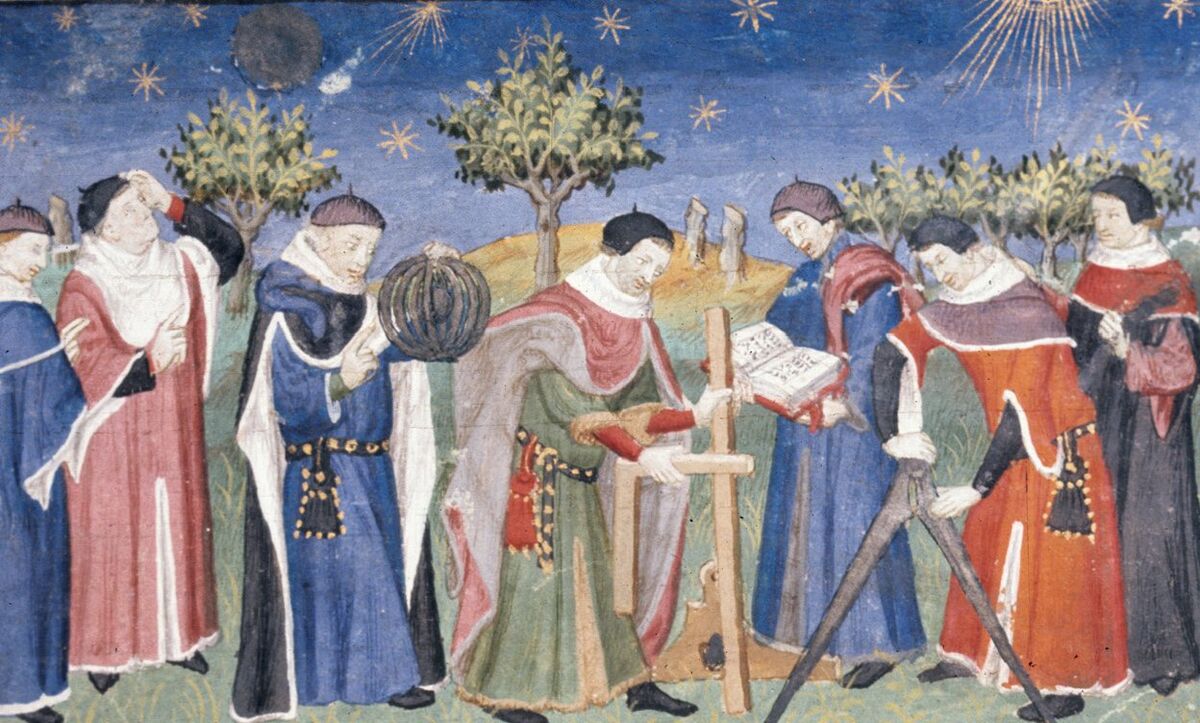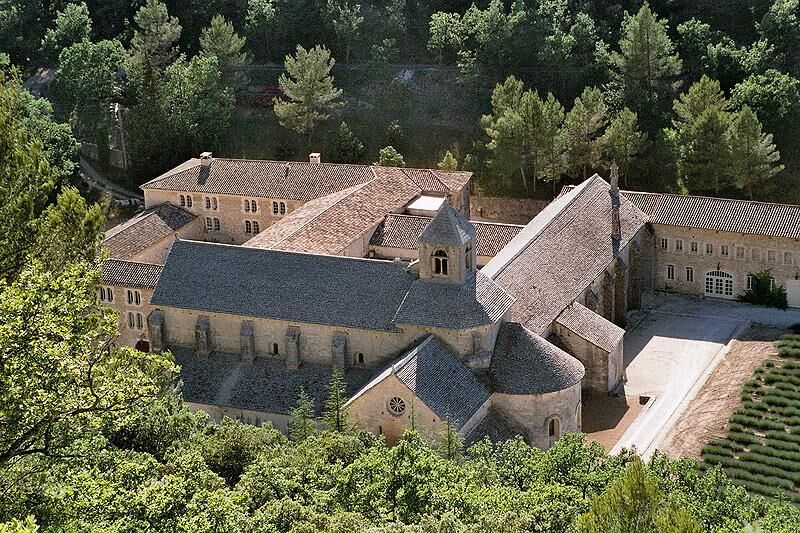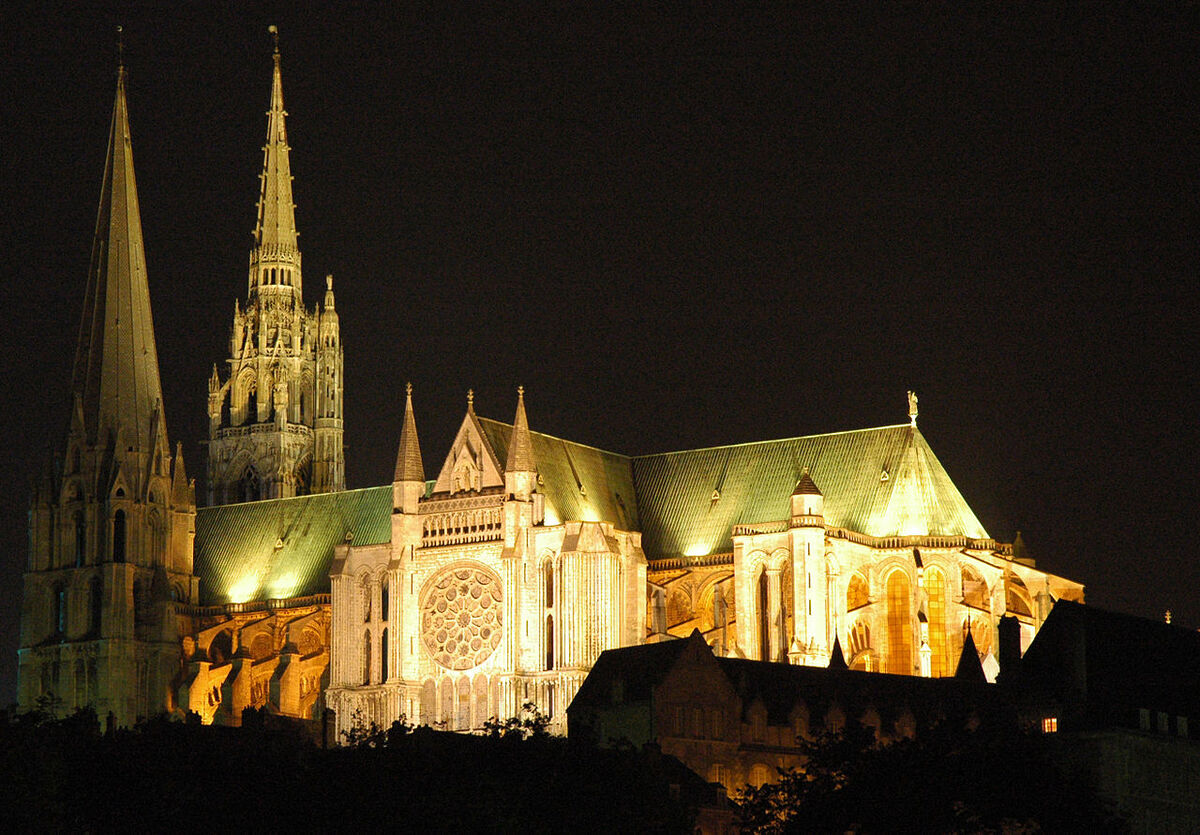In the Middle Ages, the Church accumulated enormous power in many areas of society. To maintain this influence, it exercised control over many aspects of life at the time. For example, the scientists of the time who sought to understand the world and the universe were never allowed to contradict the religious establishment.
The religious establishment also had complete control over education, which was used mainly to train priests and monks. Some parishes also offered basic training in reading, writing and arithmetic to the children of the population. In this way, the Church ensured that it had absolute control over the scientific, artistic and architectural knowledge taught at the time.
Mentioned in a previous sheet, the fortified castle is a central cultural and architectural feature of the Middle Ages. Other forms of architecture, these ones influenced by the Church, such as monasteries and cathedrals, were just as important historically and served many functions that were essential to Western society at the time.
Monasteries are a group of buildings (church, refectory, workshop, guesthouse, etc.) inhabited and used by a community of monks or nuns. Monasteries have different names depending on the religious community living there. The Benedictines live in an abbey or priory, the Franciscans and Dominicans in a convent and the military orders in a commandery.
Monk: A person who dedicates their life to religion. She lives in a monastery with the other members of her community. A woman who dedicates her life to religion used to be called a nun. Today, this word has been replaced by nun.
Each of the monasteries in the Middle Ages had a number of functions, which varied enormously: a library, a place of prayer, a stop-off point for pilgrims, and so on. Some monasteries were located in towns, others in villages, depending on their function. A monastery whose function is to care for the sick is located close to people, i.e. in a town. On the other hand, a monastery whose purpose is to serve God through prayer will often be found in an isolated location for greater tranquillity.
riginally, a cathedral was a church where a bishop sat. As the bishops came from noble families, the Church granted them considerable sums of money to invest in these religious monuments. It was for this reason that the grandiose cathedrals of the Middle Ages led to major architectural innovations. The rib vault and flying buttresses made cathedrals the tallest buildings of their time.
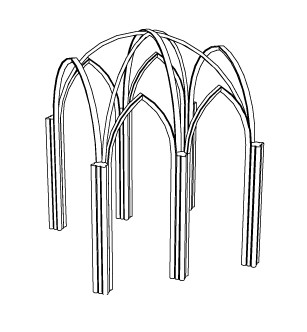 |
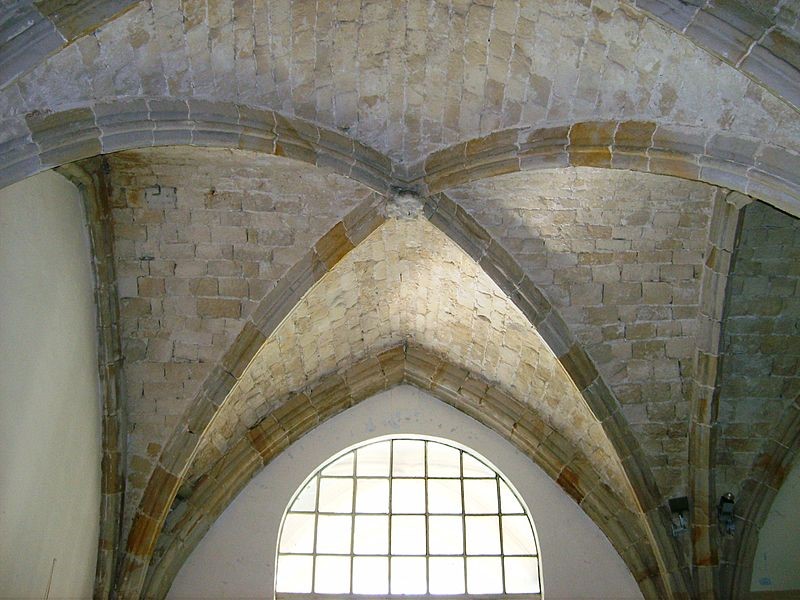 |
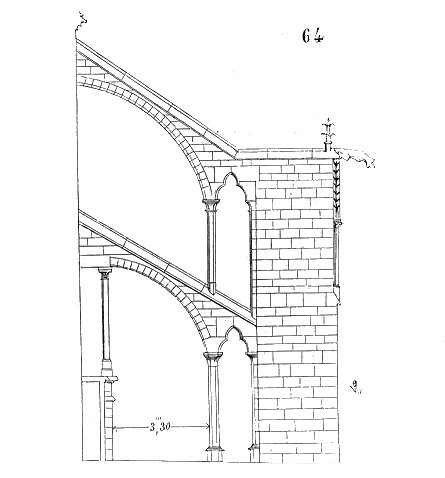 |
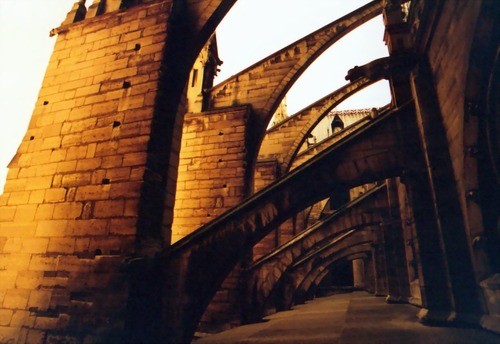 |
| Rib Vaulting Source |
Abbaye de Bonne-Espérance Source |
Flying Buttresses Source |
Cathédrale Notre-Dame de Paris Source |
There were two main architectural styles in the Middle Ages: Romanesque and Gothic. In fact, Gothic art gradually replaced Romanesque art because, among other things, to its large openings that let in outside light.
Moreover, cathedrals had several functions: a place of prayer, a meeting place, a theatre and, finally, some served as universities. In fact, the university was invented in the Middle Ages, in the 12th century to be precise. In addition to its religious role, the cathedral fulfilled an important social function: it was the community's main meeting place. This is where merchants and artisans meet to hold markets and where the population celebrates various festivals.
